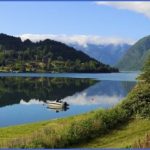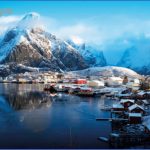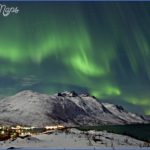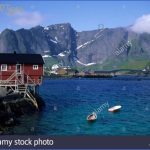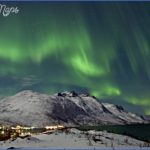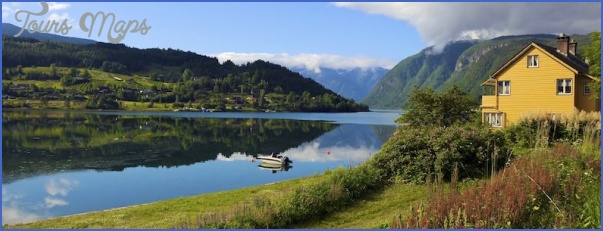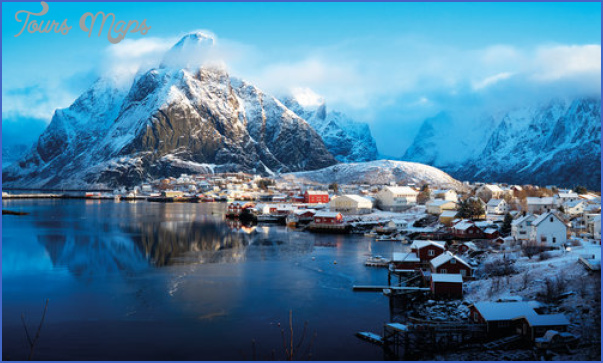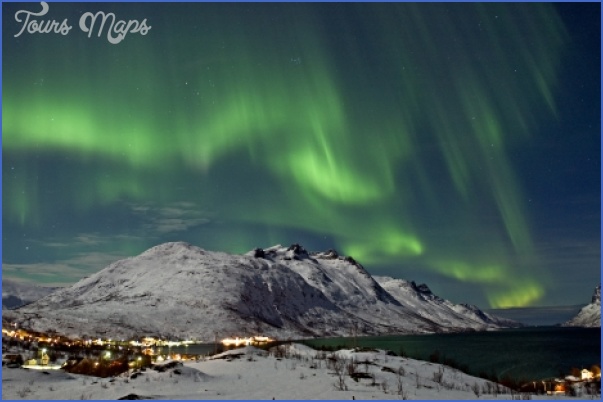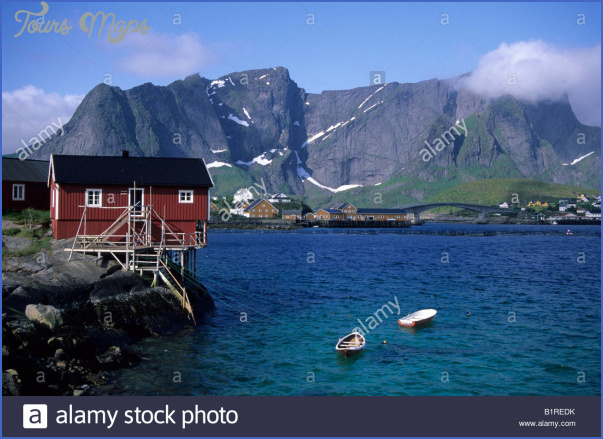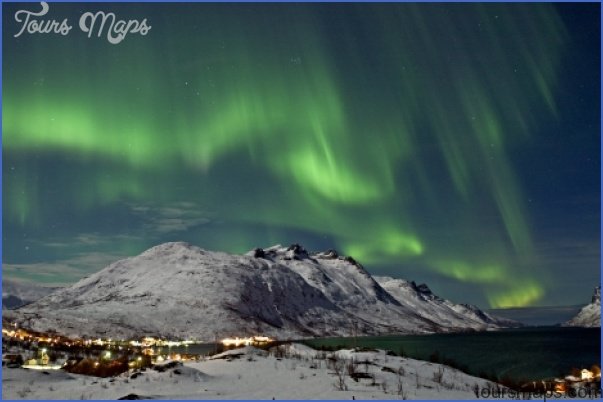The Four Countries
The topographical pattern of Scandinavia has been produced by a great variety of factors geological structure, mountain formation, ice action, climate and vegetation. The boundaries between the different countries and their administrative subdivisions, however, are not always clearly defined by nature: much sharper is the distinction between the rocky and morainic mountains and hills on the one hand and the lower land occupied by lakes and rivers, and it is the intricate intermingling of these different elements that gives the landscape of Scandinavia its pattern. A further element is contributed by the farms, mostly still timber-built, which are scattered about in the countryside, coming together to form villages only in the area round Lake Siljan though the farms themselves, with their numerous separate buildings serving a variety of functions, look from a distance like little hamlets on their own. In Sweden a characteristic note is given to the landscape by the rust-red Falu paint which is used on most of the houses. In a country of progressive attitudes like Sweden, however, the old traditions of the countryside are much less vigorously preserved than in Norway, where the countryfolk are by nature more conservative and the old log-cabin type of house, often with carved decoration and a turf roof, has been preserved and cherished. Norway has, too, a more austere natural landscape, with its great expanses of high plateau, its glacier-hewn valleys with their lakes and fjords and its fringe of islands, from the swarms of tiny skerries to the great rock masses of the Lofotens, towering up as if built by a giant’s hand.
DENMARK, which forms a kind of land bridge leading from continental Europe to the Scandinavian peninsula, is itself linked together by numerous bridges which are among the largest in Europe. On the island of Zealand is Copenhagen, the largest city in Scandinavia, with a quarter of the population of Denmark. Its great period of expansion began only in the 1 9th c. when the fortifications which had cramped its growth were pulled down. It enjoys an excellent situation on the shortest of the three channels leading from the Baltic to the open sea.
Insular Denmark, with its fine marly soil formed by ground moraines, is devoted to intensive agriculture, and is also favoured by a usually mild and equable climate. Throughout its development it has been vell served by a series of market towns with active processing and canning industries for handling its produce, typical in this respect being Funen with its market town of Odense. Zealand is noted for its handsome manor-houses and castles, set in beautiful parks; and large estates are more numerous on Zealand than on the other Danish islands. intensive agriculture, and is also favoured by a usually mild and equable climate. Throughout its development it has been vy,ell served by a series of market towns with active processing and canning industries for handling its produce, typical in this respect being Funen with its market town of Odense. Zealand is noted for its handsome manor-houses and castles, set in beautiful parks; and large estates are more numerous on Zealand than on the other Danish islands.
The economic focal point of Jutland lies on the east side of the peninsula. Small and medium-sized towns, linked by the important Flensburg-Frederikshavn road, have grown up at the head of the various inlets. Arhus, half-way up the east coast, has developed into a large town with considerable foodstuffs and textile industries. Esbjerg, on the west coast, is central to the Danish North Sea (or in Danish West Sea) fisheries and the principal port for trade with Britain. Arhus and Alborg have large shipyards.
Lake Siljan is less than half-way up the total length of Sweden; but the more northerly parts of the country, Norrland and Lapland, are immense territories with much less differentiation of characterthan southern Sweden. They are regions of endless forest and tumultuous rivers, formerly used to float down huge quantities of logs to the sawmills. Nowadays extensive areas of forest are served by good roads, so that most of the timber still felled on an enormous scale is now transported by truck. The sawmills, formerly all situated on the estuaries of the great rivers, are now also to be found inland, away from the rivers. Large amounts of timber are used by cellulose factories.
Norrland is a remote and austere region, with huge unfrequented lakes which i-n winter are concealed for many months under a thick armour-plating of ice. Far to the north, beyond the Arctic Circle, are numerous hydroelectric power stations at Porjus, Harspranget and many other places and more are under construction.
Still farther north, in the zone of birch forest, is Kiruna, a town founded only in the early years of this century, with the largest area of any Swedish town. In the immediate vicinity of the town are two ”monadnocks” of iron ore with an iron content of 70%, the ore from which is transported to Narvik in Norway on the ore railway” and shipped from there. The neighbouring double town of Gallivare-Malmberget ships its ore from Lulea in summer when the Gulf of Bothnia is ice-free.
Holiday in Scandinavia Photo Gallery
Maybe You Like Them Too
- The Best Cities To Visit in The World
- World’s 10 Best Places To Visit
- Coolest Countries in the World to Visit
- Travel to Santorini, Greece
- Map of Barbados – Holiday in Barbados

